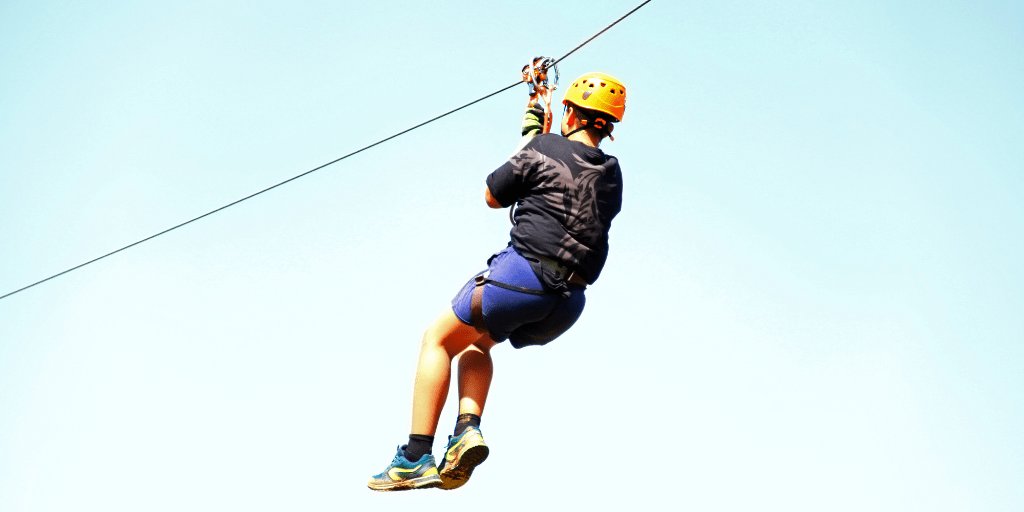
Installing a zip line brake is an essential step in creating a safe and enjoyable zip line experience for riders. But with so many different types of brakes available, and so many factors to consider when installing them, it can be difficult to know where to start. That’s why we’ve put together this guide with expert tips for installing zip line brakes from Thrill Syndicate.
Zipline braking is a crucial part of the ziplining experience that ensures your safety while enjoying the ride. In short, zipline braking refers to slowing down or stopping yourself while ziplining.
In this article, we’ll explore everything you need to know about zipline braking, from the different types of brakes to the techniques used to slow down or stop. We’ll also dive into the importance of zipline braking and the potential risks if not done correctly. So, if you’re planning on going ziplining anytime soon, this is the article for you.
To provide you with credible and reliable information, we’ve consulted with zipline experts and instructors who have years of experience in the field. So, without further ado, let’s delve into the world of zipline braking and learn how to enjoy this adventure safely.
Pros and Cons of Zip Line Braking Methods
When it comes to creating a safe and enjoyable zip line experience, the braking system is one of the most important factors to consider. There are several different braking methods available for zip lines, each with its own unique set of pros and cons. In this article, we’ll take a deep dive into the most common zip line braking methods and explore their benefits and drawbacks.
- Hand Brakes: Hand brakes are one of the simplest and most affordable braking methods for zip lines. They typically consist of a metal bar or handle that the rider grips to slow down or stop. Hand brakes are easy to use and require no special training, making them a popular choice for backyard zip lines and other low-impact applications. However, hand brakes can be less effective at slowing down heavier riders or those traveling at high speeds, and may require more maintenance than other braking methods.
- Friction Brakes: Friction brakes use a braking surface, such as a brake pad or rope, to slow down or stop the rider. Friction brakes are highly effective at controlling speed and can be used with riders of all weights and speeds. However, they can be more difficult to install and maintain than hand brakes, and may require additional safety measures, such as backup brakes, to ensure rider safety.
- Spring Brakes: Spring brakes use a spring-loaded mechanism to slow down or stop the rider. They are highly effective at controlling speed and require minimal maintenance. However, they can be more expensive than other braking methods and may require specialized training to install and maintain.
- Magnetic Brakes: Magnetic brakes use a magnetic field to slow down or stop the rider. They are highly effective at controlling speed and are self-regulating, meaning they require no operator intervention. However, magnetic brakes can be more expensive than other braking methods and may require more maintenance than other methods.
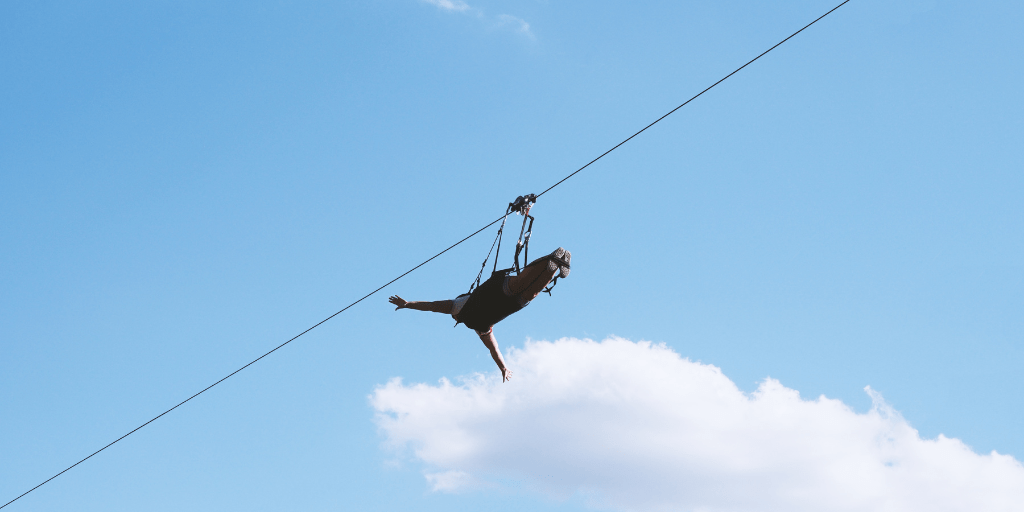
At Thrill Syndicate, we offer several different braking methods for zip lines, including the Spring Brakes and the ZipSTOP Zip Line Brake. Each of these products has been engineered to provide a safe, reliable, and enjoyable zip line experience, and can be customized to meet the specific needs of your zip line course.
Tips for Zip Line Brake Installations
- Choose the right brake for your zip line: The first step in installing a zip line brake is to choose the right one for your specific zip line setup. Factors to consider include the length of the zip line, the weight of the riders, and the speed at which they will be traveling.
- Follow the manufacturer’s instructions: Once you’ve chosen the right brake for your zip line, it’s important to carefully follow the manufacturer’s instructions for installation. This will ensure that the brake is installed properly and will function safely and effectively.
- Install the brake at the right location: The location of the brake on the zip line is also critical for safety and performance. In general, the brake should be installed at the end of the zip line, or just before a landing platform. This will ensure that riders come to a safe and controlled stop at the end of their ride.
- Ensure proper maintenance and inspection: Finally, it’s important to regularly inspect and maintain your zip line brake to ensure that it continues to function properly. This may include checking for signs of wear or damage, lubricating moving parts, and replacing worn or damaged components as needed.
By following these expert tips for installing zip line brakes from Thrill Syndicate, you can create a safe and enjoyable zip line experience for riders of all ages and abilities. Contact us today to learn more about our zip line products and how we can help you create the ultimate zip line adventure!
Factors to Consider When Choosing a Zip Line Brake
When choosing a zip line brake, there are several factors you need to consider to ensure that you select the best option for your needs. These include:
- Weight Limit: Make sure that the brake you choose can accommodate the weight of your riders.
- Line Length: The length of your zip line will also determine the type of brake you need. Longer lines require more robust brakes to ensure that riders can be brought to a smooth stop.
- Maintenance: Consider the level of maintenance required for each type of brake. Some options, such as magnetic brakes, require very little maintenance, while others, such as bungee brakes, require more frequent upkeep.
- Price: Finally, consider the cost of the brake and whether it fits within your budget. Remember that higher-priced options may offer more advanced features and increased durability.
By understanding the pros and cons of different zip line braking methods, you can make an informed decision about which method is right for your specific zip line setup. Contact us today to learn more about our zip line products and how we can help you create the ultimate zip line adventure!
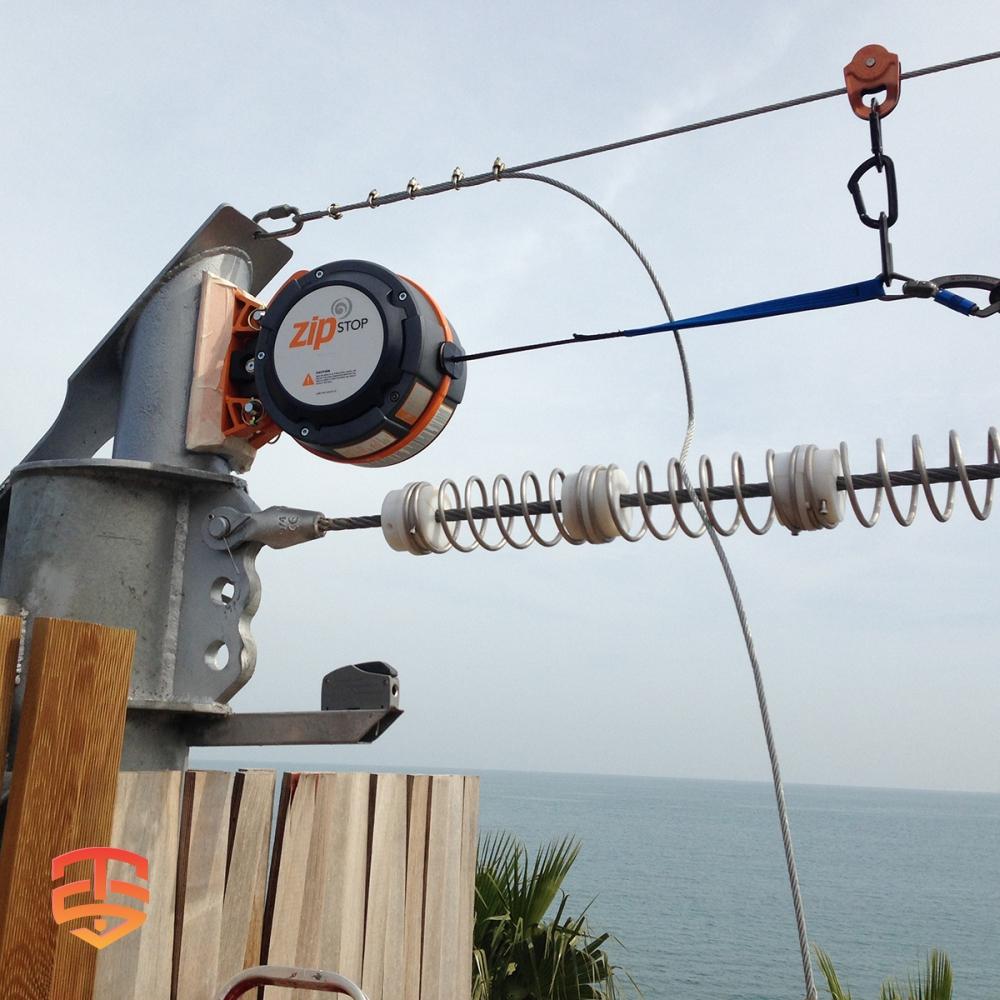
Zipline Safety Solutions
We deliver a complete professional Zipline system, from our Self-braking Magnetic Zipline Trolley to a safe Zipline Spring Brake.
We offer a full family of zip line brakes that increase throughput with a hands-free braking experience for zip line riders and operators, and a full ecosystem of zip line products to outfit the best zip line builds in the world. We use advanced technology to engineer and manufacture innovative adventure equipment for the outdoor, amusement and recreation industries.
Beyond the Basics: Unveiling Zipline Technology with Expert Analysis
Intrigued by the potential of Zipline technology? You’ve come to the right place! This article provides a solid foundation. But if you’re eager to delve deeper and gain insights from industry experts, keep reading…
- Zip Line Design: Components for a Complete System
- Considering operating and investing in a zipline?
- 9 Zipline Mistakes You Don’t Know You’re Making
- Magnetic Zipline Braking: A Revolutionary Way to Ensure Safe Rides
- Pros and Cons of Different Zip Line Brakes
- Expert Tips for Zip Line Brake Installations
- White Paper on Zipline Emergency Arrest Devices (EAD)
- The Importance of Optimizing Zip Line Design for Rider Speed
- Does your zip line need an emergency arrest device?
- The Magnetic Self-braking Zipline pulley
- Zipline Braking and landing considerations
- Why Zip Line Trolley Bearings Matter
- Whitepaper: Zipline Braking Dynamics
- Zip Line Installation: Give them the Best Ride
- How to startup a Successful Zip Line Business
-
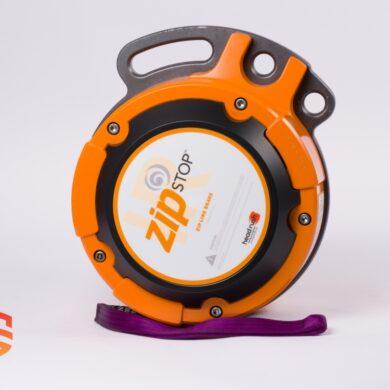 zipSTOP IR Zipline Brake | 24 – 60 kph€ 5.649,00 – € 5.799,00 Ex VAT
zipSTOP IR Zipline Brake | 24 – 60 kph€ 5.649,00 – € 5.799,00 Ex VAT -
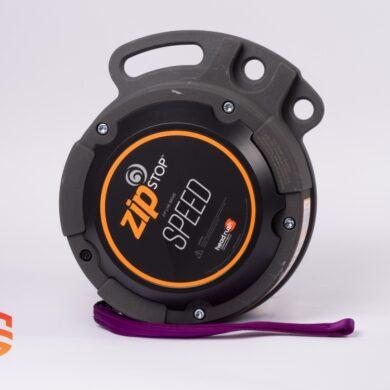 zipSTOP SPEED Zipline Brake | 50 – 72 kph€ 6.099,00 – € 6.349,00 Ex VAT
zipSTOP SPEED Zipline Brake | 50 – 72 kph€ 6.099,00 – € 6.349,00 Ex VAT -
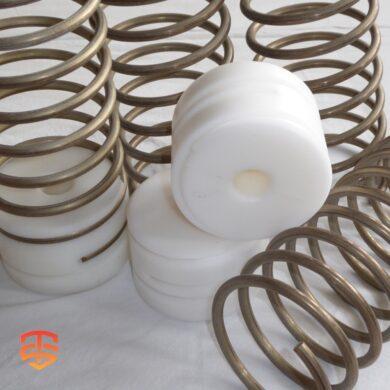 Spring Brake System | Primary & EAD zipline brake€ 80,00 Ex VAT
Spring Brake System | Primary & EAD zipline brake€ 80,00 Ex VAT







